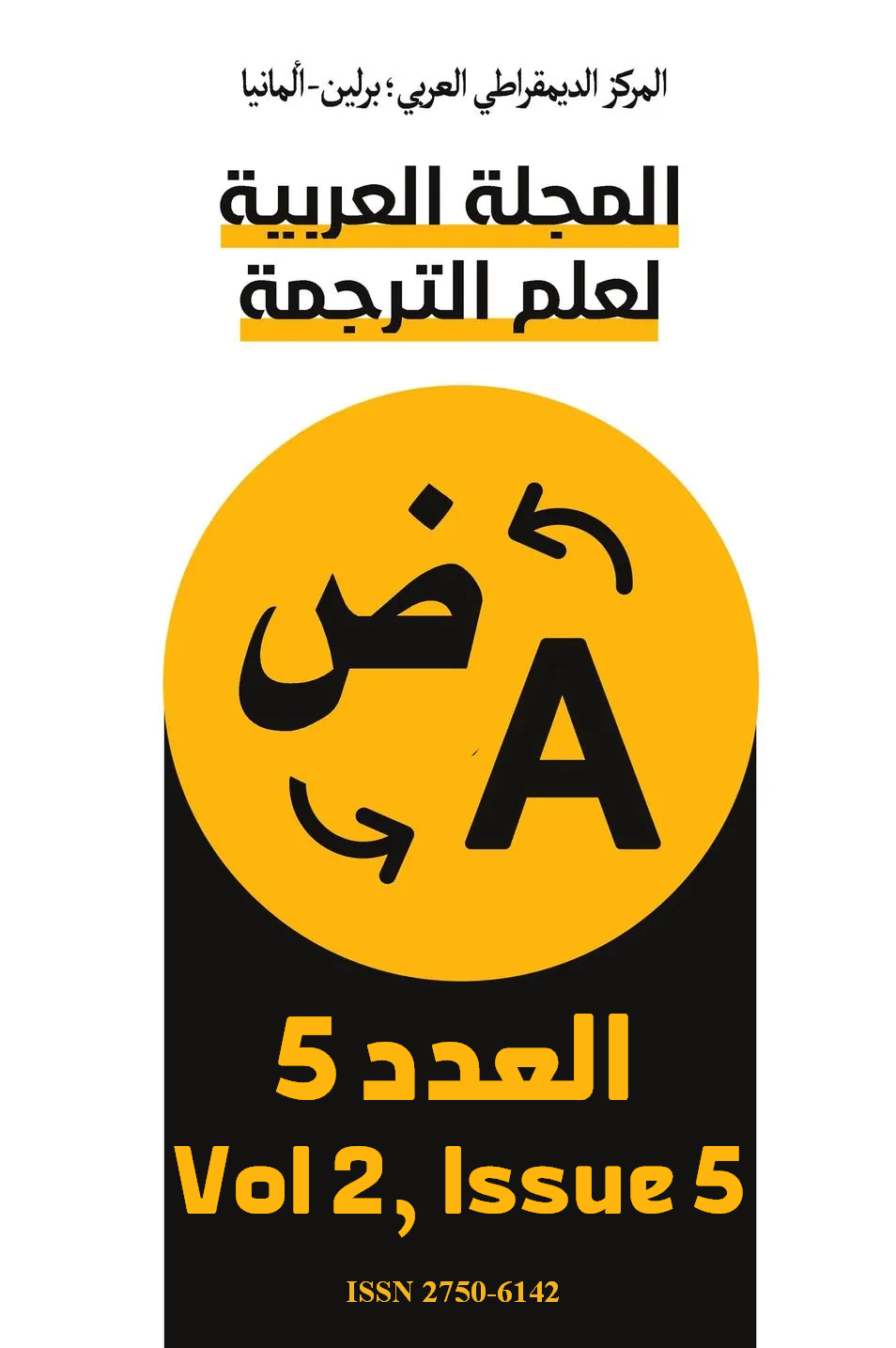Syntactic structure of the form (af’ala) compliance from a perspective distributed morphology theory
DOI:
https://doi.org/10.63939/AJTS.rvr16v39Keywords:
Compliance, Inchoative, Local Restriction, Lexical Gap, CategorizationAbstract
The intransitive (af'ala) posed a challenge to ancient Arab grammarians, as some of them used it to compliance "fa'ala", while others protested its connotation of inchoative. This challenge was not limited to these people, but rather extended to generative linguistic studies that attempted to investigate the issue of alternation between causativity and compliance for the presence of an etymological connection between these two structures, whether those that suggest that the structure of causative is derived from the structure of compliance through a lexical process called “causativity”; It works to insert the predicate of the causativity into the structure of the compliance, or which sees the opposite. The presence of compliance verbs without formal counterparts led to the emergence of different perceptions, some of which used these verbs to support their arguments about origin and branch, while others were concerned with searching for the place of their derivation. This crystallized the emergence of two currents: one of them claims that derivation takes place in the lexicon, while the other assumes that it takes place in the syntax.
This paper plans to show how these compliance verbs are derived from denominal, based on the theory of distributed morphology as found in Hale & Marantz (1993) and Marantz (1997), and using two concepts: one by Arad (2003) and the other by Becker (2003); To propose a morphological-syntactic analysis of this type of derivation. I concluded that these verbs aren’t derived from roots, but from nouns because they lack abstract alternating counterparts in the form of a “fa’ala”.
Downloads
Published
Issue
Section
License

This work is licensed under a Creative Commons Attribution-NonCommercial 4.0 International License.
As an open-access the journal follows the CC BY-NC 4.0 Attribution-NonCommercial 4.0 International which states that:
- you are free to:
- Share— copy and redistribute the material in any medium or format.
- Adapt— remix, transform, and build upon the material.
- Under the following terms:
- Attribution— You must give appropriate credit, provide a link to the license, and indicate if changes were made. You may do so in any reasonable manner, but not in any way that suggests the licensor endorses you or your use.
- NonCommercial — You may not use the material for commercial purposes.
- No additional restrictions — You may not apply legal terms or technological measures that legally restrict others from doing anything the license permits.












